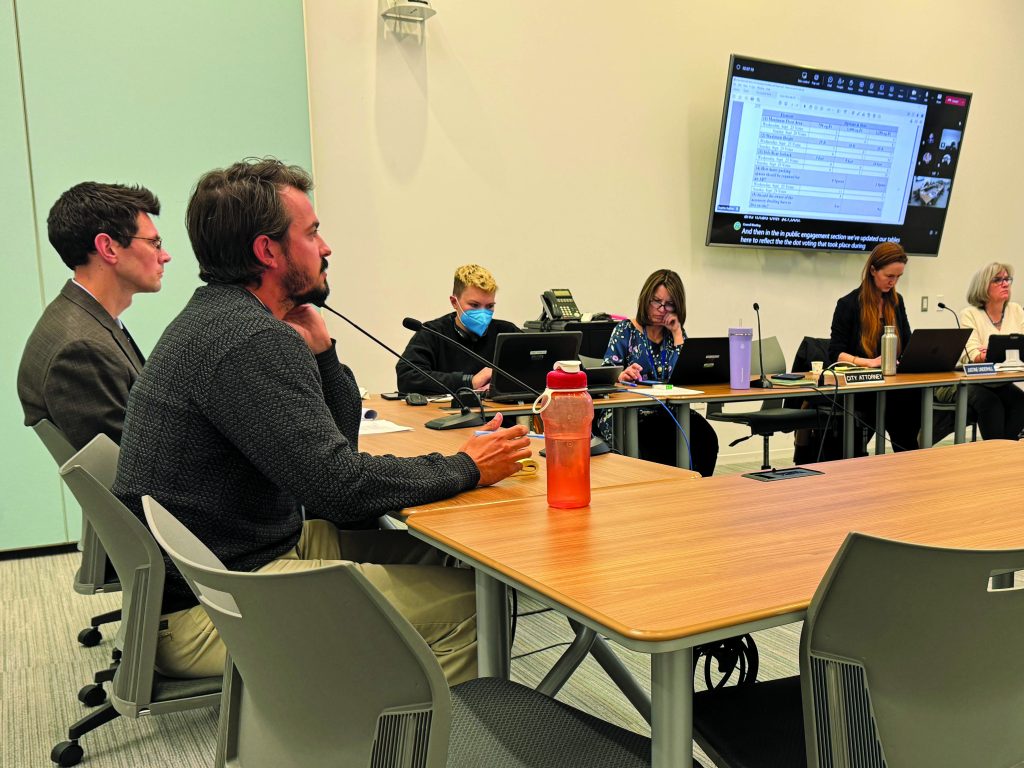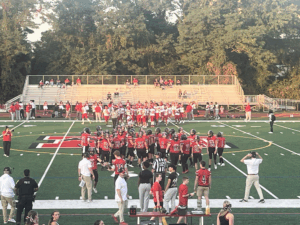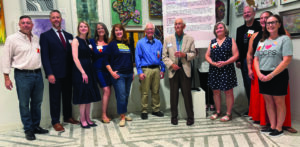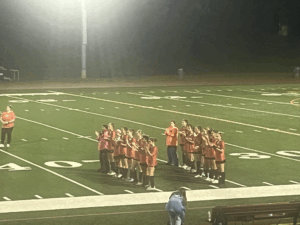
In an exhaustive discussion at its work session this Monday, the Falls Church City Council mulled options for revisions in the City’s zoning code to allow for the building of accessory dwelling units (ADUs) here. Properties with ADUs, being tiny second living units on existing residential properties, average roughly a 15 percent greater assessed value, a study by the City’s Planning Division has determined, as reported to the Council Monday.
The Council plan is to officially adopt a preliminary “first reading” of a proposed new ordinance at its Nov. 25 meeting later this month, and for a robust round of hearings before a variety of volunteer boards and commissions and prepared for final adoption by next March 2025.
The plan is for ADUs to supplement the housing stock in the City by allowing residential property owners to build second, smaller housing units either as separate structures or as integrated into a primary housing structure. Following a national pattern designed as one option for addressing the severe housing shortage in the U.S., the ADU plan would allow for tiny living quarters that could be made available to inlaws or as rentals, either for long-term tenants but also as overnight alternatives to hotel rooms for visitors.
Jack Trainor, a City senior planner who is the point man for this effort, told the Council of the study done that has determined residential properties with functioning ADUs qualify for the 15 percent value added, which would incentivize some local homeowners to seek the option beyond just the use value of having a place to house inlaws or to supplement incomes by becoming rentals, including for short terms. A Council debate on the short-term use aspect consumed a good portion of the almost three hour deliberation on the plan this Monday.
The Council, advised by City Attorney Sally Gillette, may have some latitude in restricting short-term use, as provided by the state code, but it is circumscribed by basic property rights. It would have to be hammered out moving forward, it was suggested. “It is not legal to prevent rentals,” Gillette cautioned the Council.
Existing code requirements will provide for the safety and security of new ADUs, F.C. Planning Director Paul Stoddard told the Council Monday. Fire and building code requirements will be supplemented by noise and other anti-nuisance code requirements to address the issues that could arise from short-term rental use.
It was noted that there is no data, except for tax payments from AirBnB and similar property rental companies, on how many residences in Falls Church are currently being rented out by owners here. Cases of rentals by long-term residents who get assigned overseas, for example, occur, and there are no ordinance or code restrictions on the practice, per se, at this time.
Curiously, the move to delay the development of this new ordinance came
from Council member Erin Flynn, who argued that the Planning Commission, in fact, should have first crack at this plan before the Council goes ahead with its “first reading.”
She argued that only a small portion of the City has provided feedback to the Council so far, and a “first reading” by the Council, now planned for Nov. 25, could “box in” the process and limit “more public buy-in.” Council member David Snyder, attending the meeting remotely, chimed in that “there is legal and symbolic significance” to a “first reading.” He added that “only the positives and not the negatives” of the proposal have been provided by Trainor and the Planning Division.
But Council member Marybeth Connelly noted that “the public has already engaged,” adding that “community engagement has been very good so far.” Mayor Letty Hardi added that “a first reading is like a signal to the community of what is coming and sets basic parameters,” while the Planning Commission “will have three more bites at it, along with all boards and commissions prior to final adoption. “It’s already a long enough process,” Council member Justine Underhill noted.
Setback and tree canopy requirements are other variables that can still be hammered out between first and second readings, it was also asserted.
Right now, the plan is to limit the new ordinance to R-1A and R-1B zoning districts, although Hardi said she would like them to be sanctioned also in R-M districts more amenable to multifamily projects.
Also, the current plan is to require no parking requirements on the notion that they would deter development and only create more impervious surfaces.
Council member Debora Shantz-Hiscott, also attending the meeting remotely, said the key is to adopt new plans that “improve the community and will not make it worse.”
What should go into the final product, Trainor said, are those to “considering national best practices, input from public meetings and City boards and commissions, input from four house meetings, and analysis of proposed state code changes regarding accessory dwellings.”













